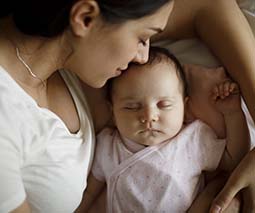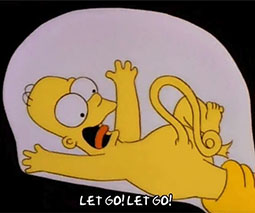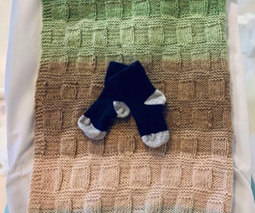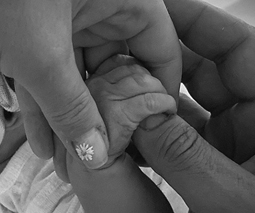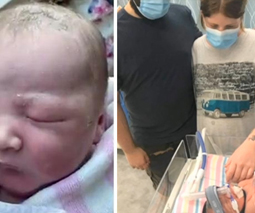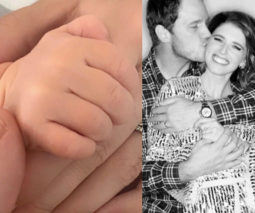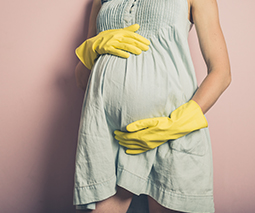The week-long gift every Dutch mother gets for free

Every morning my friend Emma gets a knock on her apartment door in suburban Amsterdam.
Mandatory care
Waiting on the other side is her Kraamzorg – that’s the Dutch name for a birth carer.
This magical woman is part of the Dutch health care system – her services are covered under basic health insurance that everyone has – and she’s sent to all Dutch families after the birth of a new child.
Emma, her husband David and their older son, Cal, who is seven, have just welcomed new baby Stella, following a routine c-section birth in a Dutch hospital.
For Australian families, the Dutch Kraamzorg seems like a gift from the gods. Her number one priority? To care for and support new mums (no matter how many other children they’ve had), to help them get as much rest and help around the house as needed to begin a new phase of life with their baby.
Read more about birth:
- 5 things to include in your birth plan
- Party room or birthing suite?
- My planned c-section was easier but I missed out on something
Support that fits in with each family’s schedule
Each Kraamzorg comes to your house at your preferred time of day, for six to eight hours, for five to eight days in a row.
If you have older children, she will quickly find ways to get them out the door so you can rest and focus your energies on getting to know your newborn baby.
For my friend Emma, her Kraamzorg arrived the first day she came home from hospital after giving birth to her second child.
“She put me to bed after my c-section. I was pottering around the house unpacking and she wasn’t having it! She then set to arranging the bedroom to be more handy with the placement of the change table, baby bedding etc. During her time, she watched baby while I slept, bathed baby and gave us lots of helpful reminders on mothercraft, which we had forgotten since the last time – seven years ago.”
In addition to mothercraft advice and support, the Kraamzorg also helps with the general the running of the house.
Note: There is a fine line to tread here.
“She doesn’t want to be thought of as household help but she will change the sheets, make cups of tea and cook – should you need a hand with that.”

What does the Kraamzorg do and who makes the rules?
Each family’s Kraamzorg will also deal with medical admin, which for my friend Em, who was home within three days of her c-section delivery, came with a few specific extras.
“She checks and records each one of Stella’s nappies for wee and poops, and checks my used maternity pads for colour and clotting. She also checked my c-section wound daily and took my pulse and both our temperatures. Everything is recorded in the green Grow Book every mum receives. This book is then handed over to the Consultation Bureau who take over monthly checks afterwards.”
Every Kraamzorg brings her own personal style of work to each family and Emma said the relationship between them grew organically over the five days she was in their home.
“She takes charge early on, then eases up when she sees you’ve got a handle on things. For instance, she wanted me to learn the rugby position for feeding and I told her I was fine with how I was doing it “Madonna” style. When she saw baby was drinking well enough she agreed.”
Support for the whole family – especially dads
Emma says that while the whole family has benefited from the extra pair of hands, five days was enough and by the time she left they were all “ready to have just the four of us at home again.”
“I’m lucky to have my guy working from home mostly but to be left at home on your own with baby after birth would be terrifying! A lot of Dutch women give birth at home, so it continues the post-natal care in that same tradition. The Kraamzorg also told me that they make a concerted effort to teach the Dads as well so they take a more active role in baby care,” says Emma.
As Emma, David and Cal settle into life at home with baby Stella, Emma says their Kraamzorg experience has given them all the perfect boost of emotional support for the best possible start to a family of four.
It’s an experience she would recommend to anyone lucky enough to try it.
Here’s looking at you, Australian health system!

